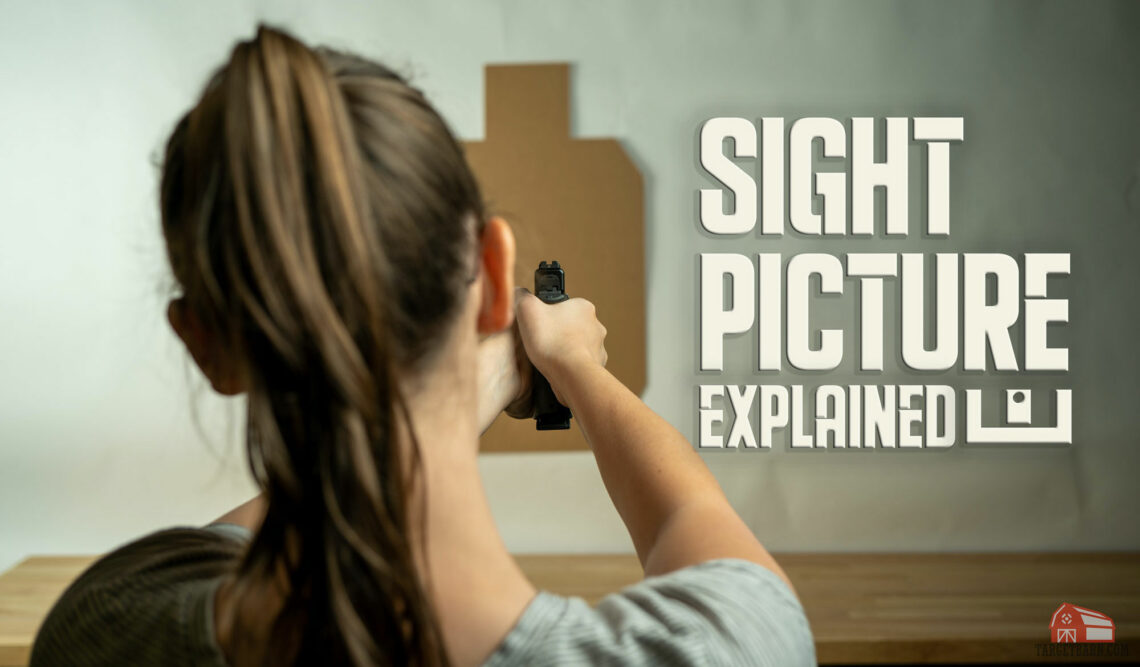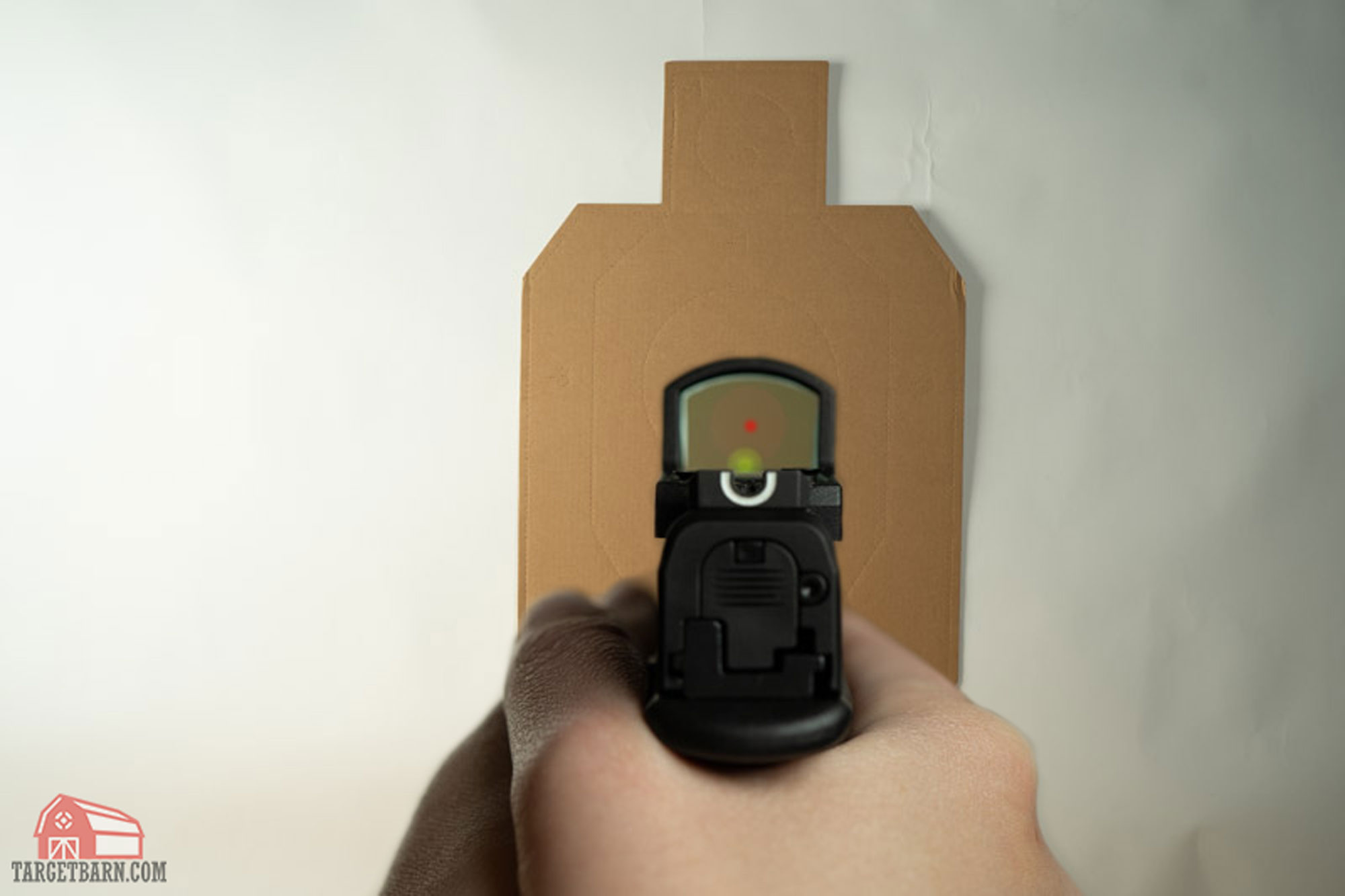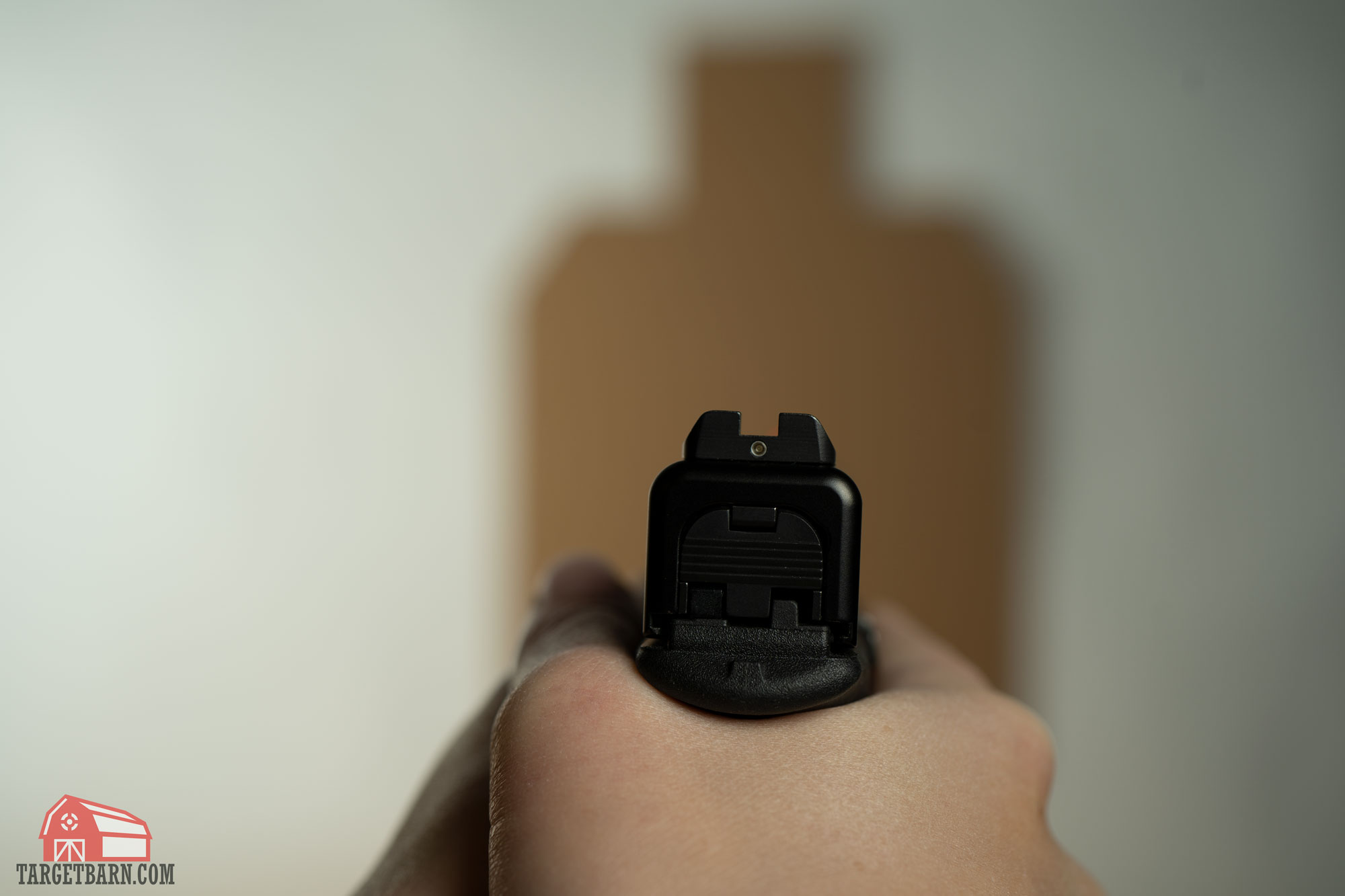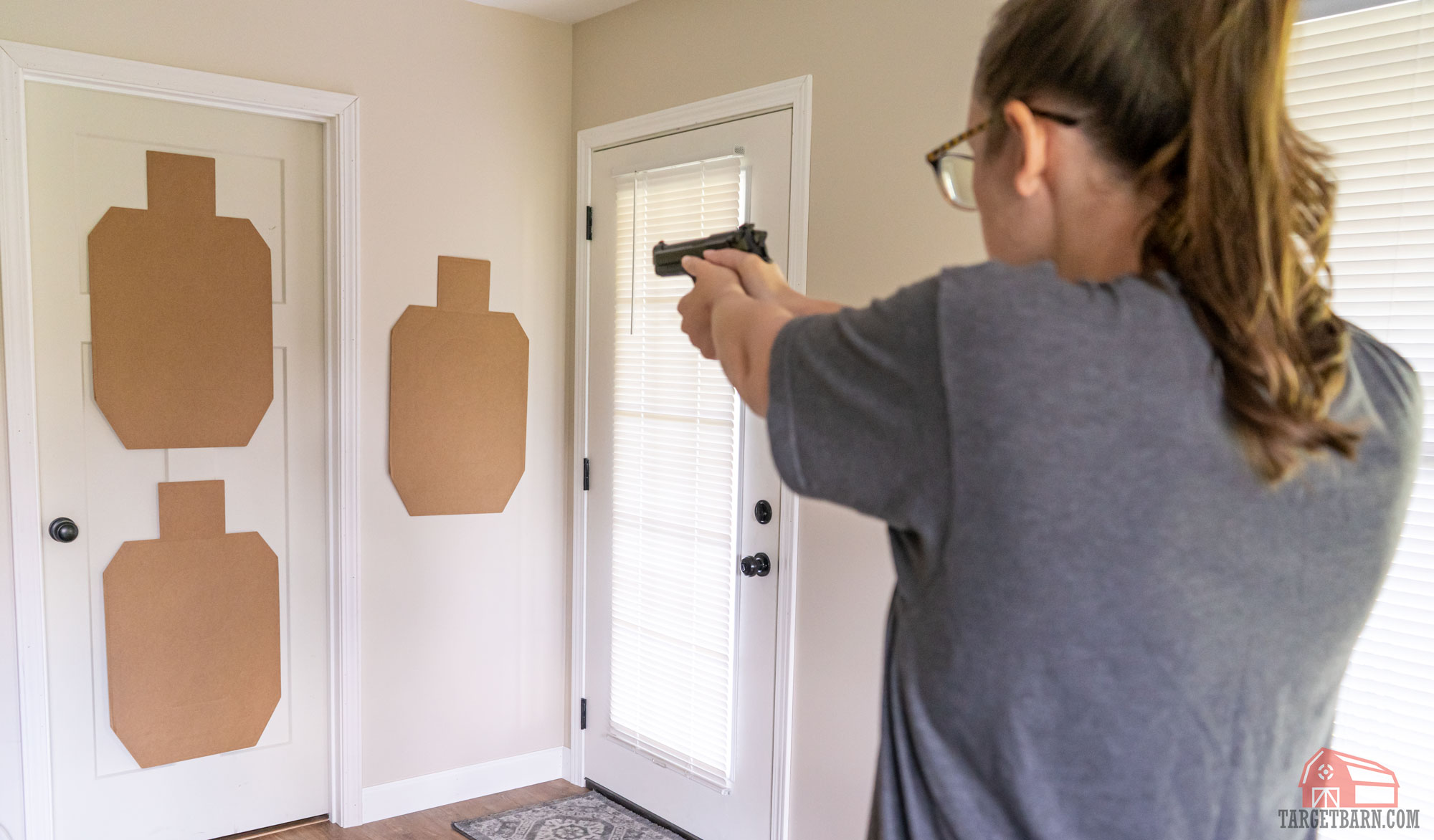One of the concepts constantly drilled into new shooters is sight picture or sight alignment. “You gotta have good sight alignment” is something I’ve heard countless instructors say to students over the years. They immediately follow that statement by not explaining the concept at all. As part of my Sisyphean mission to make common gun tropes more accessible, today we’re looking at the concept of sight picture and sight alignment.
Sight Picture vs. Sight Alignment
As usual, we’ll start with some definitions that will be useful. Although they’re often used interchangeably, I like to use each term slightly differently.
Sight alignment, at least to me, is the relation of your front sight to your rear sights. In the case of a red dot, it is the dot’s position in your window. Sight picture adds everything else — the alignment of your sights relative to the target and the amount of focus on your sights or the target.
Proper Sight Picture
Now that we have that, we’re going to focus primarily on sight picture. When discussing iron sighted handguns, the optimal, fundamental sight picture is:
- the tip of the front sight aligned with the top of the rear sights
- equal light on either side of the front sight post
- a crystal clear focus on the front sight
- a blurry target
- the tip of the front sight where you’d like the bullet to impact
That’s the picture perfect bullseye, NRA-and-Jesus-basic-course-approved sight picture. Assuming your gun is sighted in correctly, if you pull the trigger and don’t disturb this sight picture, you’ll hit what you’re aiming at.
Once a shooter has mastered the basic sight picture, they can move on to more advanced concepts. This is best exemplified by Brian Enos‘ famous zen koan: “see what you need to see.” What the hell does that mean? It means that you should see as much or as little of the sights as you need to see in order to make the shot at hand.
For example: if you’re shooting a giant USPSA target at 3 yards, do you need to have a perfect sight picture? No. But what if you’re taking a head shot at 25 yards with a pistol? Now do you need a well refined traditional sight picture? Yes. At 3 yards, you can use the back of the slide as “sights” and throw that over the target, stay target focused and blast away. At 25 yards you need to see the sights in relation to each other, and see their relation to the target.
Red Dot Sights
Thankfully, we also live in the future and everyone is making pistols that accept mini red dot sights. A red dot obviates the need for a complex sight picture. Look at the target, put the dot on the target and keep focused on the target, pull trigger. Too easy. Mini red dot sights are the future, and they uncomplicate the concept of sight picture.
Types of Sight Picture
With an iron sighted gun, we have three types of sight picture that are available depending on the precision required by the shot at hand.
- Gross Index
- Soft Focus
- Hard Focus
Gross Index
The first we’ve discussed, which is a “gross index.” This is when you need to shoot something fast and very close. The sights aren’t aligned, and the most common reference is the back of the gun, which is used as a reference for the gun’s point of aim.
Soft Focus
The second type we use is a soft focus. With a soft focus sight picture, the target remains in focus, and the sights are blurry. The sights are referenced using soft focus, and are aligned as best as possible despite being blurry. Many shooters are quite talented at using soft focus.
Hard Focus
The third type we use for iron sights is a hard focus, with a clearly defined focus on the front sight.
Which Should You Use?
Pistols with red dot sights can use the gross index exactly as an iron-sighted pistol would. However, the need for a soft vs. hard focus isn’t necessary. That’s because you stay focused on the target at all times with a dot gun.
The hardest thing about sight picture is learning how to change it on the fly. Because my early competitions were for the Coast Guard’s pistol team competing in NRA Bullseye shooting, my default setting has always been to have a hard front sight focus. As I spent more time shooting action sports like IDPA and USPSA, I developed the ability to focus on the target more and more. Learning to switch between hard and soft focus, or when to use a gross index, is a valuable skill for any shooter, whether you’re a pure competition shooter or someone interested in personal protection.
Use Dry Fire Practice
The best place to practice this skill is in dry fire. Start with an unloaded gun in a safe direction. Practice switching your focus from the front sight to the target, and keeping the blurry sights aligned. It takes some work, but when you get the hang of it, you’ll find your speed starting to improve. Then take it to the range and work there! Then, the next time someone says “you have to have a perfect sight picture” you can lay some hot knowledge on them.

















